kombucha tea sugar ratio

Unlocking the tantalizing world of kombucha tea is like embarking on a flavor-filled journey that tickles the taste buds and nourishes the body. As fizzy and refreshing as it may be, one question often lingers in the minds of kombucha enthusiasts: what is the perfect sugar ratio for this beloved elixir? In this article, we’ll dive deep into the realm of kombucha tea and unveil the secret behind striking the ideal balance of sweetness and fermentation. So, grab your favorite cup and join us as we unravel the mysteries of the kombucha tea sugar ratio, one delicious sip at a time.
Table of Contents
- The Perfect Kombucha Tea Sugar Ratio: Achieving a Balanced and Flavorful Brew
- Reducing Sugar Content in Kombucha Tea: Simple Tips for a Healthier Fermentation Process
- Q&A
- Key Takeaways
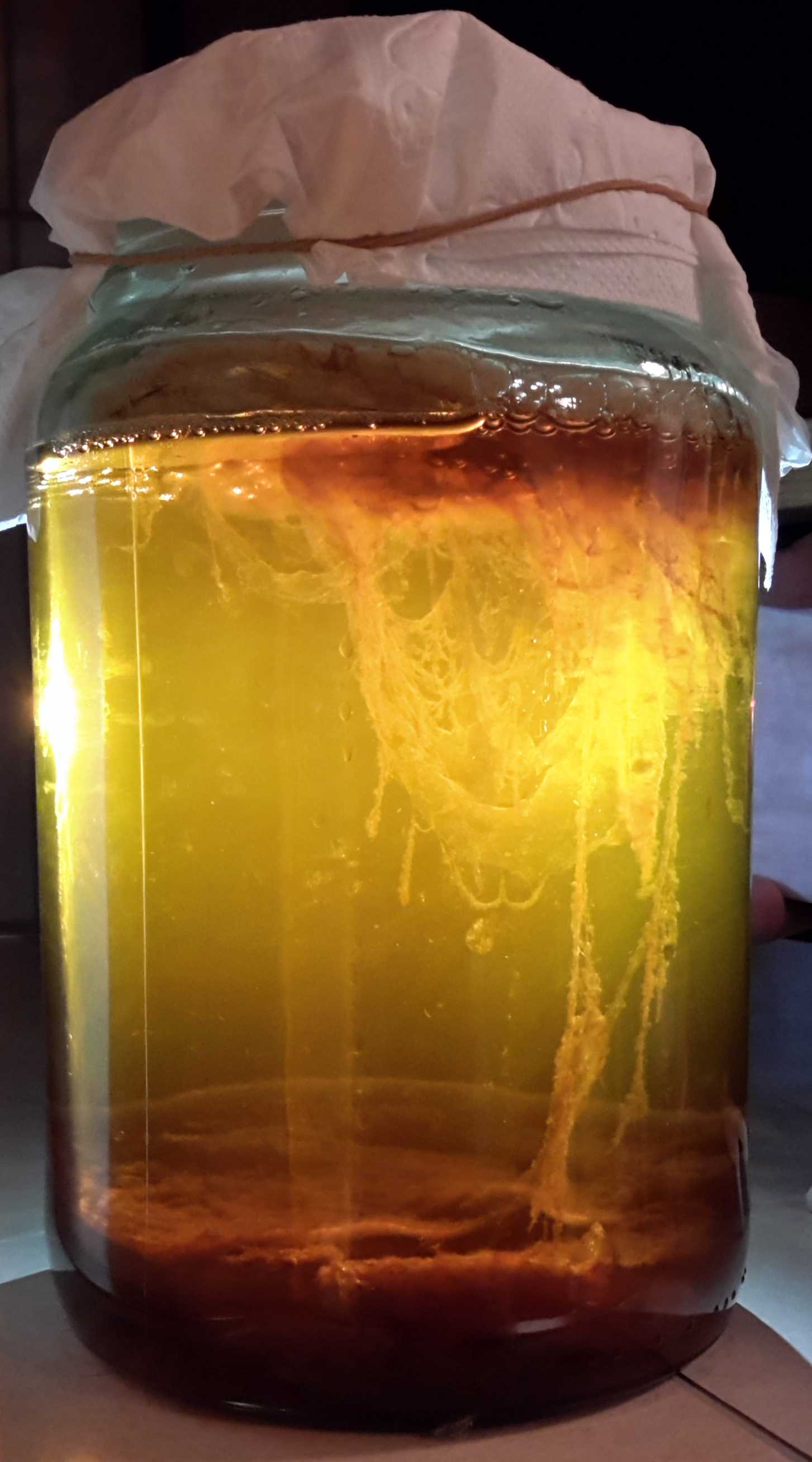
The Perfect Kombucha Tea Sugar Ratio: Achieving a Balanced and Flavorful Brew
The secret to achieving a perfectly balanced and flavorful brew of kombucha lies in finding the ideal sugar-to-tea ratio. This magic ratio not only determines the taste of your kombucha, but also plays a crucial role in the fermentation process. In this post, we will explore the key factors to consider when determining the perfect kombucha tea sugar ratio.Type of tea: The type of tea you choose as the base ingredient for your kombucha will greatly impact the flavor profile and intensity of your brew. While black tea is the traditional choice, you can experiment with green tea, white tea, or even herbal teas to create unique combinations. Remember, each tea variety has different levels of tannins, caffeine, and antioxidants, which can influence the fermentation process.
- Sweetness preference: The sweetness level of your kombucha is subjective and can vary depending on personal taste preferences. Some prefer a sweeter brew, while others enjoy a more tart and acidic flavor. Finding the right balance is a matter of trial and error. Start by using a moderate sugar-to-tea ratio and adjust the amount of sugar in subsequent batches until you achieve the desired sweetness.
To give you a better idea of the sugar-to-tea ratio, here’s a simple reference table:
<table class="wp-table">
<tr>
<th>Tea Type</th>
<th>Amount of Sugar</th>
</tr>
<tr>
<td>Black Tea</td>
<td>1 cup</td>
</tr>
<tr>
<td>Green Tea</td>
<td>3/4 cup</td>
</tr>
<tr>
<td>Herbal Tea</td>
<td>1/2 cup</td>
</tr>
</table>Remember, these ratios are just a starting point, and you can always adjust the amount of sugar based on your taste preferences. Keep in mind that reducing the amount of sugar can slow down the fermentation process, while increasing it can result in a sweeter and fizzier kombucha.
Finding the perfect kombucha tea sugar ratio is a delightful journey of experimentation and discovery. By understanding the role of tea variety and sweetness preference, you can craft a unique brew that satisfies your taste buds and leaves you craving for more. Enjoy the process and savor the results of your kombucha-making adventures!
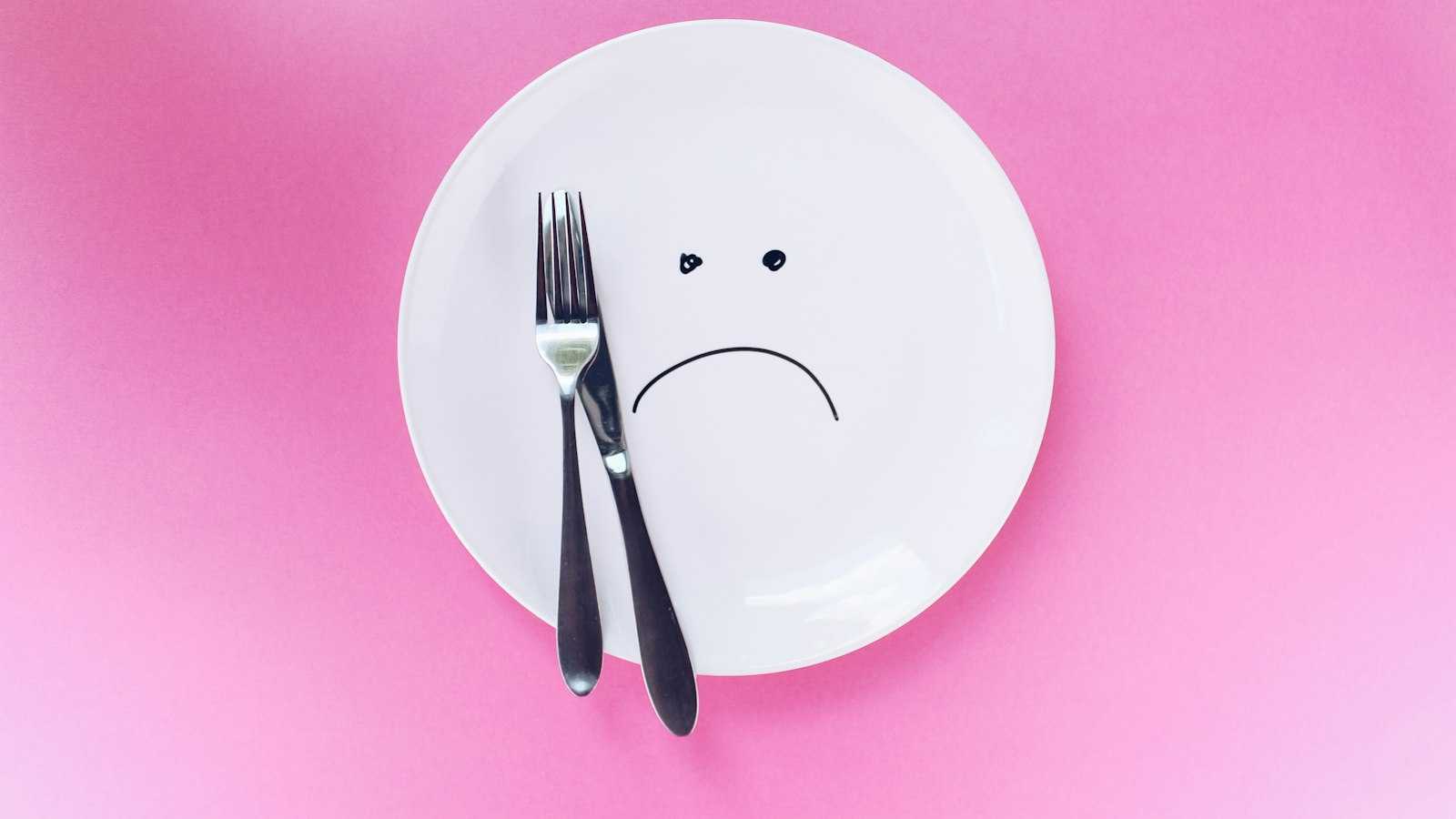
Reducing Sugar Content in Kombucha Tea: Simple Tips for a Healthier Fermentation Process
For those who are looking to create a healthier version of their favorite fermented drink, reducing the sugar content in kombucha tea can be a game-changer. While the traditional recipe calls for a certain amount of sugar to fuel the fermentation process, there are ways to lower the overall sugar content without compromising the taste or quality of your brew. Here are some simple tips to help you achieve a healthier fermentation process and enjoy a guilt-free glass of kombucha:Experiment with shorter fermentation times: One of the easiest ways to reduce the sugar content in kombucha tea is to shorten the fermentation time. The longer you ferment the tea, the more sugar gets consumed by the scoby (symbiotic culture of bacteria and yeast). By monitoring the taste and sweetness at regular intervals, you can find the perfect balance of fermentation that suits your preference. Try reducing the fermentation time gradually until you achieve the desired level of sweetness.
- Use alternative sweeteners: If you are looking to cut down on refined white sugar, there are plenty of alternative sweeteners that can be used in the fermentation process. Stevia, monk fruit extract, and erythritol are all-natural sugar substitutes that can be added to the tea before fermentation. These sweeteners are low in calories and have a minimal impact on blood sugar levels, making them ideal for those who are watching their sugar intake. Experiment with different sweeteners and find the one that complements your taste buds.
Reducing the sugar content in your homemade kombucha tea doesn’t have to be a daunting task. By implementing these simple tips, you can create a healthier fermentation process that aligns with your dietary preferences. Remember to monitor the taste and sweetness regularly, as finding the perfect balance is key to enjoying a well-rounded and refreshing glass of kombucha. Cheers to a healthier, low-sugar brew!
| Alternative Sweeteners | Benefits |
|---|---|
| Stevia | A natural sweetener with zero calories, derived from the leaves of the Stevia rebaudiana plant. It is sweeter than sugar and can be added in small quantities. |
| Monk Fruit Extract | A natural sweetener that is extracted from the monk fruit. It is a zero-calorie option and has a similar sweetness to sugar. |
| Erythritol | A sugar alcohol that provides sweetness without the calories of sugar. It is naturally occurring and has a minimal impact on blood sugar levels. |
Q&A
Q: Is kombucha tea high in sugar?A: Kombucha tea typically contains a small amount of sugar, as it is an essential ingredient for fermentation. However, the amount of sugar in kombucha can vary depending on the brewing process and the length of fermentation. It’s important to note that the sugar content decreases significantly during fermentation, thanks to the action of the SCOBY (symbiotic culture of bacteria and yeast).
Q: What is the ideal sugar ratio for making kombucha tea?
A: The ideal sugar ratio for making kombucha tea is essential for achieving the perfect balance of sweetness and acidity. Most kombucha recipes recommend using around 1 cup (200 grams) of sugar per gallon (3.8 liters) of brewed tea. However, some enthusiasts prefer to experiment with different ratios to customize the flavor profile of their kombucha.
Q: Can the sugar ratio be adjusted to reduce the sweetness of kombucha tea?
A: Yes, the sugar ratio in kombucha tea can be adjusted to reduce the sweetness and create a more tart or acidic taste. If you prefer a less sweet kombucha, you can decrease the amount of sugar used during the brewing process. It’s important to note, however, that reducing the sugar content too much may affect the fermentation process.
Q: Can alternative sweeteners be used in kombucha tea?
A: Yes, alternative sweeteners can be used in kombucha tea as a substitute for regular granulated white sugar. Some popular alternatives include honey, maple syrup, agave nectar, and coconut sugar. However, it’s essential to keep in mind that different sweeteners may affect the fermentation process and produce slightly different flavors.
Q: How does the sugar content in kombucha tea affect its carbonation?
A: The sugar content in kombucha tea plays a crucial role in the carbonation process. During fermentation, the beneficial bacteria and yeast consume the sugar, transforming it into carbon dioxide and alcohol. The carbon dioxide is what creates the enjoyable fizziness in kombucha. Therefore, adjusting the sugar ratio can impact the level of carbonation in the final product.
Q: Is it possible to make sugar-free kombucha tea?
A: While it is technically possible to make sugar-free kombucha tea, it would be challenging to achieve the desired fermentation process without any source of sugar for the SCOBY to feed on. The sugar serves as a fuel for the fermentation process, and without it, the kombucha may not develop the desired taste, acidity, or carbonation.
Q: How do I determine the sugar content in my homemade kombucha tea?
A: Determining the exact sugar content in homemade kombucha tea can be challenging without specialized tools. However, you can roughly estimate the sugar content by tasting the brewed kombucha. If it tastes slightly sweet, it indicates that the fermentation process is not yet complete, and more sugar remains. If it tastes tangy or tart, it suggests that most of the sugar has been consumed during fermentation.
Q: Are there any health concerns regarding the sugar content in kombucha tea?
A: While kombucha tea does contain sugar, the fermentation process significantly reduces the sugar content compared to its initial state. Therefore, when consumed in moderation, kombucha tea is generally considered a healthier alternative to sugar-sweetened beverages. However, individuals with specific dietary needs or health concerns should consult with a healthcare professional before adding kombucha to their diet.
Key Takeaways
In conclusion, finding the perfect sugar ratio when brewing kombucha tea is an art and science that can elevate the taste and health benefits of this beloved beverage. By striking the right balance between sweet and tart, you can create a brew that satisfies your taste buds while also nourishing your body with probiotics and antioxidants.Experimentation is key when it comes to finding your ideal kombucha tea sugar ratio. Start with the recommended ratio of 1 cup of sugar to 1 gallon of water and adjust from there according to your personal preference. Remember, the type of sugar you use can also impact the flavor profile, so don’t be afraid to try alternative options like honey, maple syrup, or even fruit juice.
While it’s tempting to load up on sugar to speed up fermentation, it’s important to strike a balance. Too much sugar can lead to an overly sweet brew and potentially cause health issues. On the other hand, too little sugar may hinder the fermentation process and result in a flat-tasting beverage.
As with any culinary pursuit, patience and practice are key. Take the time to observe and taste your kombucha throughout the fermentation period, noting the flavors and qualities that develop. This will not only help you fine-tune your sugar ratio but also deepen your appreciation for the nuanced world of homemade kombucha.
Now that you have a better understanding of the kombucha tea sugar ratio, go forth and embark on your brewing journey. Feel free to get creative, experiment with different flavors, and discover the magical alchemy that happens when fermented tea meets the perfect amount of sugar. In the end, the joy and satisfaction of sipping on your very own fizzy, probiotic-rich brew will be well worth the effort. Cheers to your kombucha-making success! [elementor-template id=”430″] [elementor-template id=”433″]

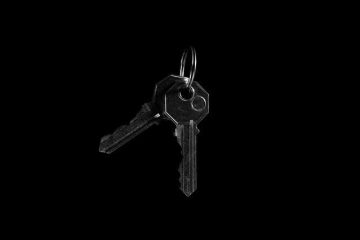
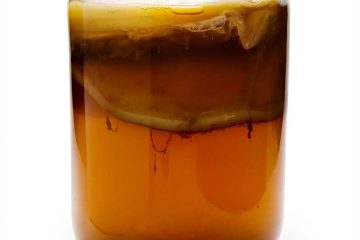
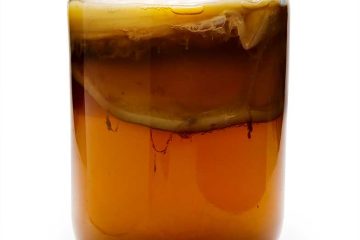
0 Comments